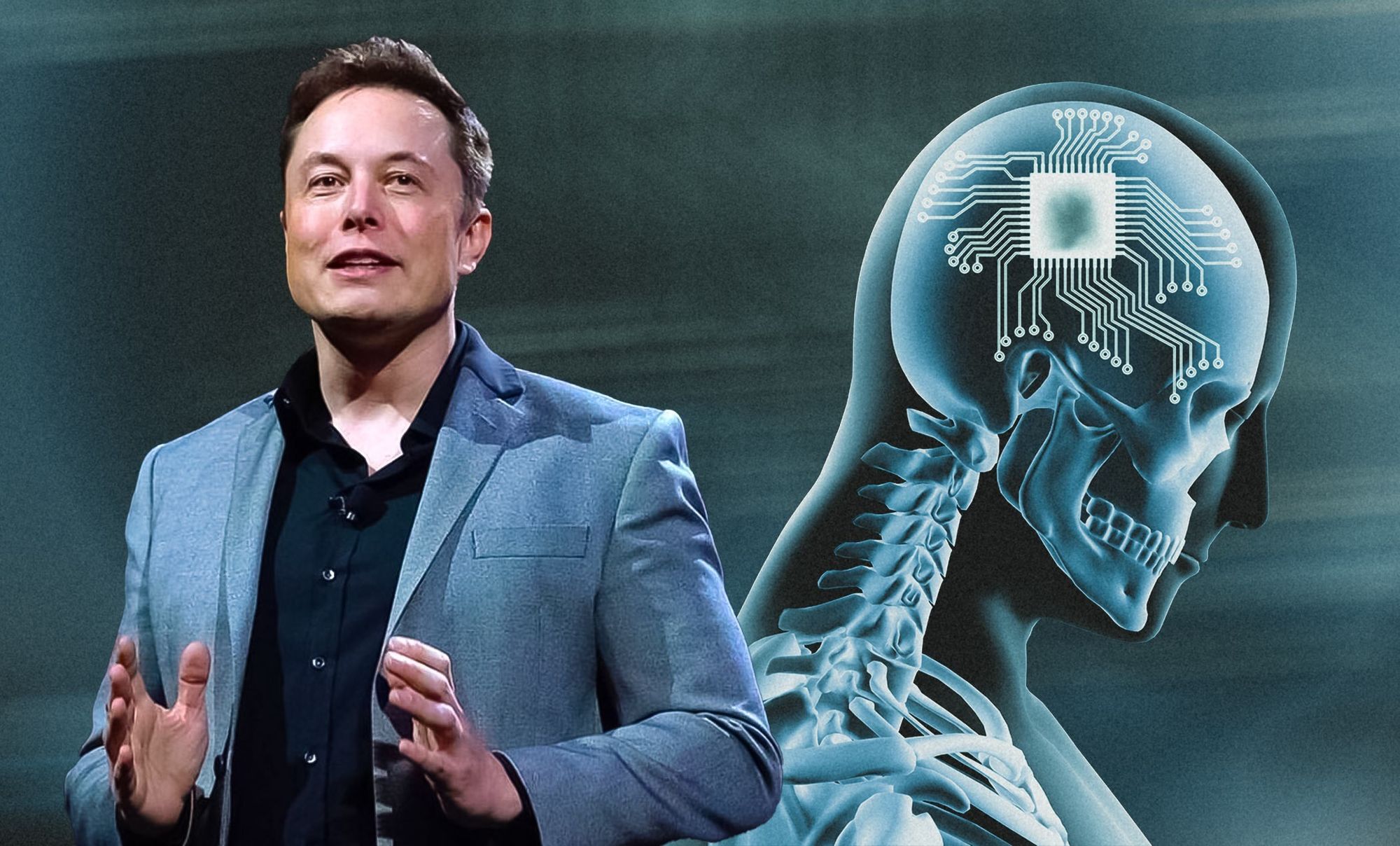AI Competitors or Collaborators?Neuralink's Journey towards Human-AI Integration

Elon Musk, the renowned entrepreneur behind SpaceX and Tesla Inc., has been making waves in the technology industry with his bold statements about the future of artificial intelligence (AI). Musk firmly believes that if humanity is to survive and compete with AI, we must embrace the merging of man and machine. His company, Neuralink, aims to achieve this symbiotic relationship by developing brain implants that could revolutionize the way we interact with technology.
During a 2018 appearance on the "Joe Rogan Experience," Musk hinted at the exciting developments happening at Neuralink. He envisioned a future where humans effortlessly combine their brains with computers, achieving a state of symbiosis with AI. Neuralink's primary focus has been the development of brain implants since 2016, with the noble goal of curing conditions like paralysis and blindness.
In recent years, brain technology has become a thriving industry. Companies like Synchron and TruBrain have attracted substantial investments from influential figures like Bill Gates and Jeff Bezos. The interest from both venture capitalists and retail investors demonstrates the growing recognition of the potential of brain-machine interfaces.
Musk argues that the current attachment people have to their phones already makes them cyborgs. However, he believes that the information flow between the biological and digital self is painfully slow. Neuralink aims to bridge this gap by creating a direct communication pathway between the human brain and computers. The technology holds the promise of significantly enhancing human intelligence and even offering the potential for immortality by allowing individuals to upload themselves into new units if their biological bodies fail.
Rather than viewing AI as a threat to humanity, Musk advocates for merging with AI to keep pace with technological advancements. He envisions a future where humans and AI work together harmoniously, augmenting each other's abilities and achieving more than individuals can accomplish on their own. This collaborative approach, he believes, is key to surviving in a world dominated by AI.
Neuralink's ambitions extend beyond treating paralysis and blindness. The company is also working on devices to aid people with Parkinson's disease and other neurological conditions. Their ultimate goal is to create a technology that seamlessly interfaces with the human brain, offering solutions for a wide range of ailments and disabilities.
While Neuralink has encountered setbacks, such as the U.S. Food and Drug Administration's denial of their request for human trials, the company remains determined to overcome these challenges. Safety concerns raised by the FDA regarding the lithium battery, potential wire migration, and device removal have necessitated further development and refinement. Neuralink aims to address these concerns and obtain the necessary regulatory approvals to move forward with human trials.
To facilitate their human trials, Neuralink has engaged in discussions with prominent neurosurgery centers, including the Barrow Neurological Institute. These collaborations would provide valuable expertise and resources for testing and refining their brain implants. While no formal collaboration has been confirmed, these discussions highlight Neuralink's commitment to pushing forward with their groundbreaking technology.
While Elon Musk and other AI experts advocate for merging with AI, they also recognize the potential risks involved. Musk and his peers have signed an open letter calling for the suspension of training powerful AI systems due to concerns about the potential threat to humanity. Their stance reflects a cautious approach to ensure that as we merge with AI, we take adequate precautions to mitigate any potential dangers.
Elon Musk's vision for the future may seem ambitious, but it has ignited a profound discussion about the possibilities and risks of AI. Neuralink's developments have the potential to revolutionize the way we interact with technology and reshape our understanding of human potential. As we navigate this exciting frontier, it is crucial to balance the benefits of merging with AI with the responsibility of addressing any potential risks. Only then can we move forward into a future where humans and AI coexist